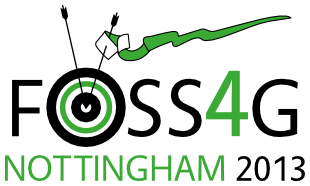Presentation
Bulk Interpolation Using the R Environment
Jiří Kadlec (Aalto University) with Pavel Treml (T.G. Masaryk Water Research Institute,p.r.i.)
09:00 on Friday 20th September (in Session 26, starting at 9 a.m., Sir Clive Granger Building: A41)
Show in Timetable
The paper explains the development and application of a script for bulk assessment and interpolation of data in the R scripting language. In practice it is often required to analyze a large amount of spatial data from multiple periods of time. First, for familiarization with the data before their processing and second, in the process of space-time analysis in the course of the research. For majority of analyzed quantities it is required to find out, if the analyzed data are changing in space, how the data change in time, whether there are errors in the processed data etc.. An optimal solution of this problem is using the R scripting language. R comes with many interpolation methods (kriging, IDW, …), possibility to use virtually any format of input data from text, csv, xls or other file formats and provides a large abundance of optional picture, plot and graphical outputs. It is also possible to generate picture and text plots for every in-situ observation location of the examined quantity, do different statistical comparison and other applications. In short time it is possible to create a simple application that after minor modification can be employed for dealing with another bulk interpolation task. Thanks to this, after one exemplary application script has been created, it is possible to efficiently create and run additional modifications of the task, wheras other solution approaches (such as using desktop GIS programs) usually require a repetition of the same steps – setting of color ramp and color interval breaks, creating output map layouts, adding lists of extra data layers, transformations of shapefiles to identical coordinate systems and additional processing – for example statistical testing, creation of tables or creation of more plots that show a complete picture of the quantities' behavior. In our contribution, it is clearly demonstrated how the work with GIS data can be easily automated by using the R scripting language.
